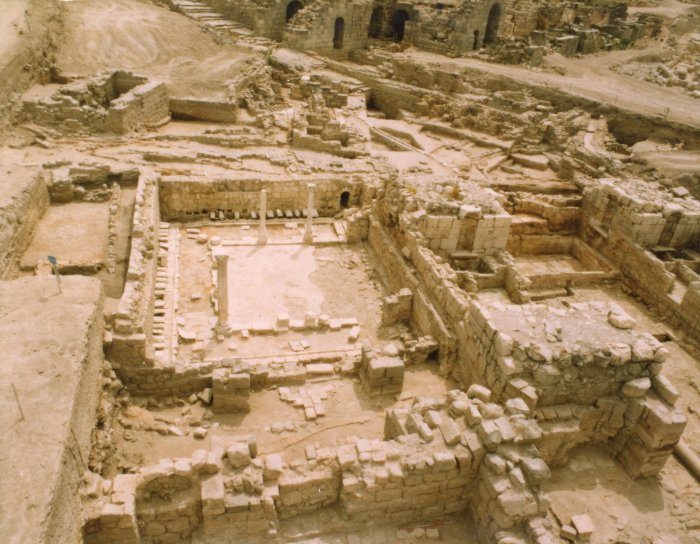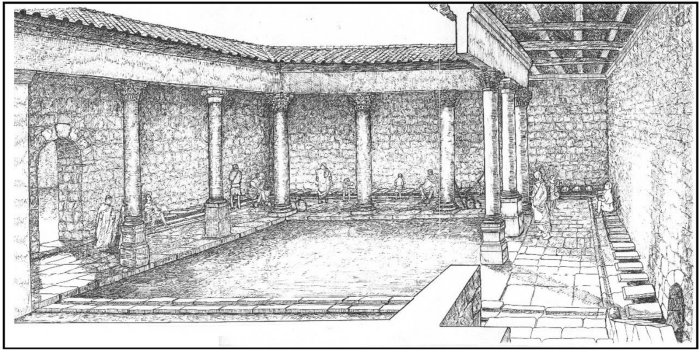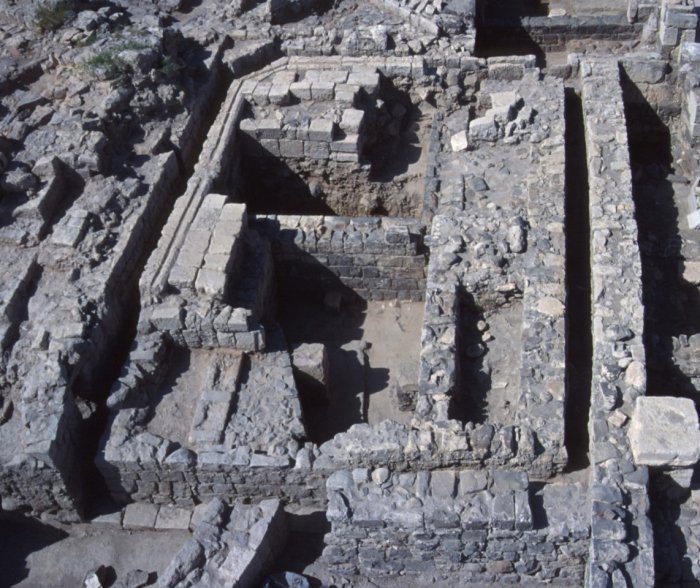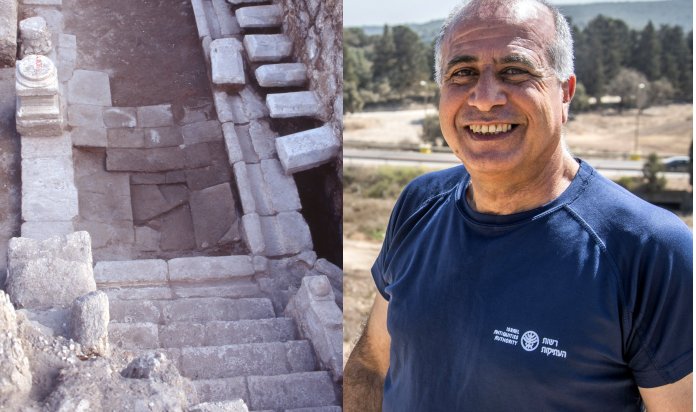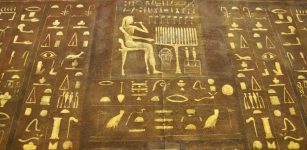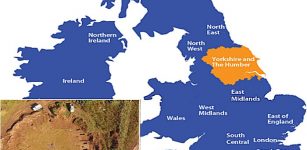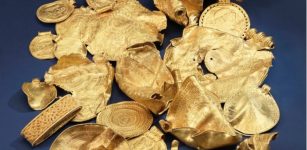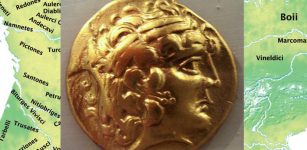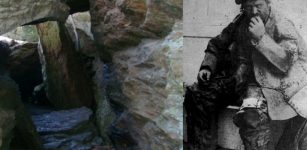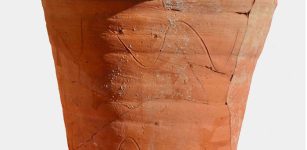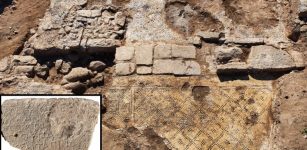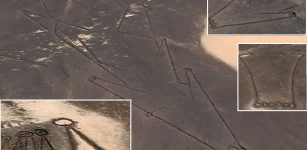Large Roman Public Latrine With 60 Wooden Seats Discovered In Bet Shean, Israel
Conny Waters - AncientPages.com - Archaeological excavations have revealed large Roman latrines located in Bet Shean, Israel. These latrines are the largest in the country, with 60 wooden seats available to the public. Being built in an open communal area, many people obviously used the latrines.
Credit: Israel Antiquities Authority
“In each of the four Roman and Byzantine-period public latrines that we excavated on the site, about 60 wooden seats were installed in one open communal area!” Dr. Walid Atrash, Israel Antiquities Authority excavator of ancient Bet Shean and author of a new book, Back to Bet Shean: Nysa-Scythopolis said in an interview.
The Roman latrine, partially preserved at the site, was a well-built structure, featuring wall paintings and ornate stairs with a railing. In the middle of the public building, there was a courtyard paved with mosaics and adorned with columns bearing capitals, and three rows of wooden seats with natural asphalt intervening blocks were arranged around three walls.
“The structure was partially roofed, and the central courtyard was left uncovered,” says Atrash.
Credit: Israel Antiquities Authority
“The partial roofing would have allowed the unpleasant odors to dissipate. The rectangular stone blocks were installed around three walls of the structure, protruding about 20 cm from the wall, and wooden seats with round holes were placed between each pair of blocks, serving as the latrines.
People would sit and chat with each other while attending to their ‘business’, and it is quite possible that all the city’s problems were solved there.”
How Was All The Waste Flushed Away?
Well, a deep sewer channel was installed beneath the seats running alongside the walls of the building and flushing the waste into the urban sewage system. When the latrine was part of a larger bathhouse complex—as was the case in Nysa-Scythopolis, Bet She'an—water was used to flush the waste which then flowed along the channels.
At the foot of the latrine, just in front of the wooden seats, another channel was installed in which clean water flowed, for rinsing sponges for cleaning the body and for general cleaning.
How Does It Feel To Excavate A Public Restroom?
“When I started excavating, I didn’t know it was a latrine,” Atrash smiles. “As the excavation progressed and the drainage system was revealed, I realized that we were in a public restroom.
Credit: Israel Antiquities Authority
Excavating such a structure is interesting, and, of course, after thousands of years, there is no odor. Moreover, the site's research potential is considerable, as by studying the samples, we can learn about the diet of the people who lived here and even about their ills and ails.
Dr. Walid Atrash's extensive knowledge will be presented in the book. Credit: Israel Antiquities Authority
Archaeologists don’t find anything ‘disgusting’, as waste can be a treasure trove for scientific research. It’s a completely different way of thinking,” Atrash said.
See also: More Archaeology News
On this subject and much more, you’ll soon be able to read the book written by Dr. Gabriel Mazor and Dr. Walid Atrash, published by the Israel Antiquities Authority: Back to Bet She'an: Nysa-Scythopolis, launching at the end of September. The book, presenting the city’s history and its unique finds, was written for researchers, visitors to the Bet Shean National Park, and for the general public.
Written by Conny Waters - AncientPages.com Staff Writer

